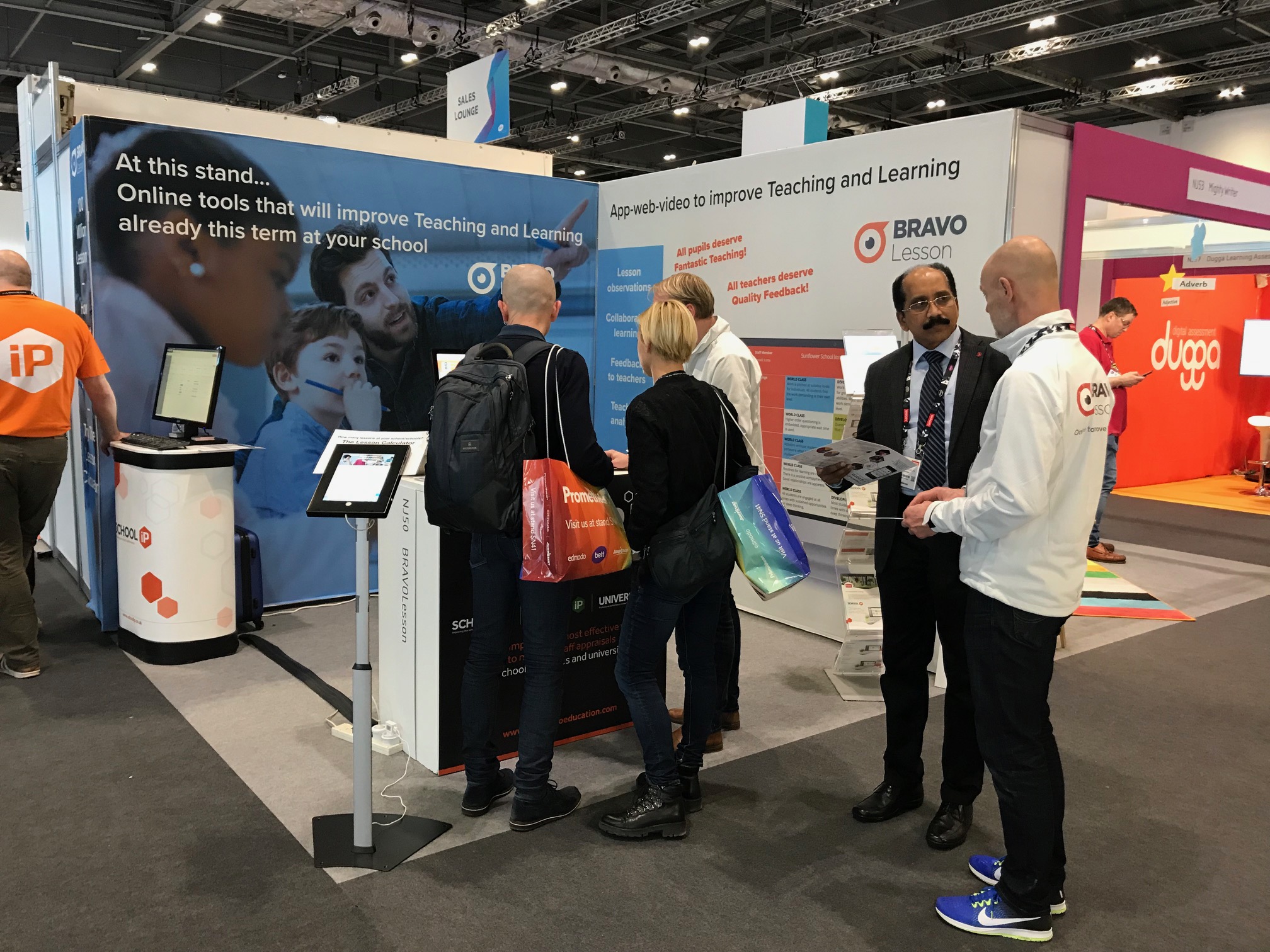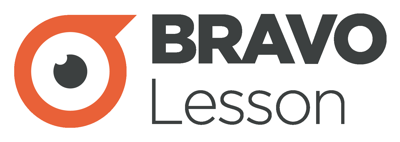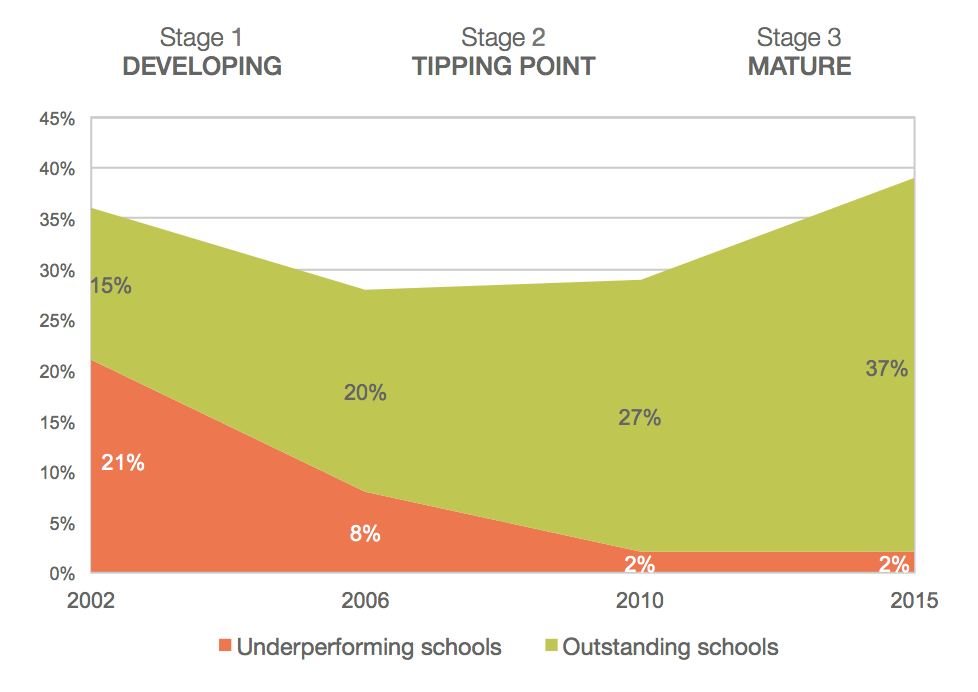Part 1
Kunskapsgymnasiet’s systematic approach to improve teaching
——————————————-
The principal and the deputy principal at each school will conduct observations during the second week in October and during the last week in April 2020. The aim is for at least 7 out of 10 teachers to be observed in each school during those weeks. The result from observation 1 will be analysed using BRAVOLesson. Strengths and areas for development will be defined and used in the work for systematic school improvement.
——————————————-
Image. Graphs generated in BRAVOLesson for each dimension in an observation form – for analysis, reflection and improvement.
——————————————-
The result of observation 2 in April will be used to see the progress in the quality of teaching identified in the areas for development in observation 1. In addition to these two observation sessions, continuous lesson observations will be conducted throughout the school year.
– The overall aim of our school improvement work is always to increase the students’ learning and results. To achieve this, the aim is to develop our teaching together in a systematic and structured way, says Petter Enlund, Pedagogy and Development Manager at Kunskapsgymnasiet.
“… the aim is to develop our teaching together in a systematic and structured way.”
Petter Enlund, Kunskapsgymnasiet
This term the new way of working starts with:
- All principals and deputy principals receive their own accounts and an introduction to BRAVOLesson.
- Lessons have been recorded on video. The principals from all seven schools observe the videos together with the help of the BRAVOLesson tool to discuss and calibrate how they perceive what is the quality of the different dimensions of good teaching according to Kunskapsgymnasiet’s joint observation form.
- During second week of October lesson observations will be conducted at each school.
Already towards the end of Friday afternoon that week, all the principals and Petter Enlund have the opportunity to start analysing the statistics in BRAVOLesson. What does the teaching at each school look like and what does it look like overall?
– The observations are intended to serve as a good basis for discussions about how to improve teaching at all our schools, but also between schools, between teachers and principals as well as between teachers and teachers, says Petter Enlund.
The next part about Kunskapsgymnasiet’s systematic approach to improve teaching will be about insights after October and their evidence-based observation form.
A SYSTEMATIC APPROACH. DOWNLOAD OUR WHITEPAPER
THIS IS BRAVOLESSON






